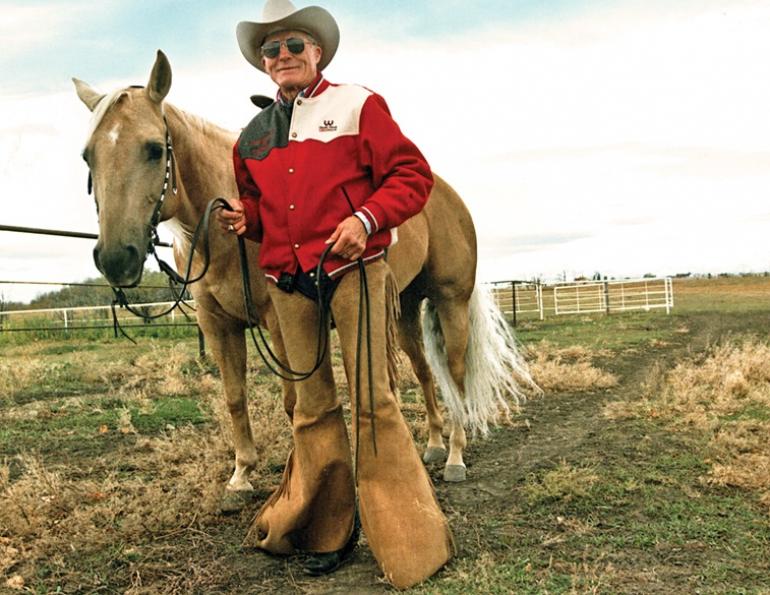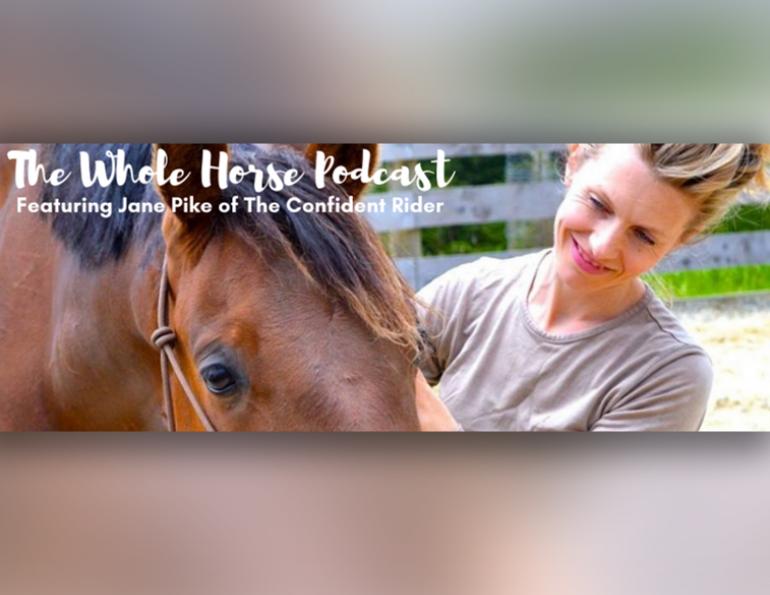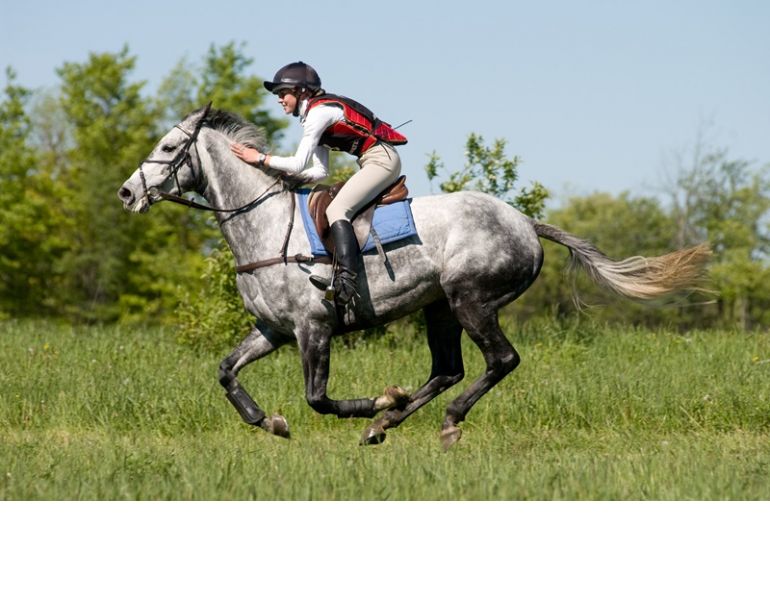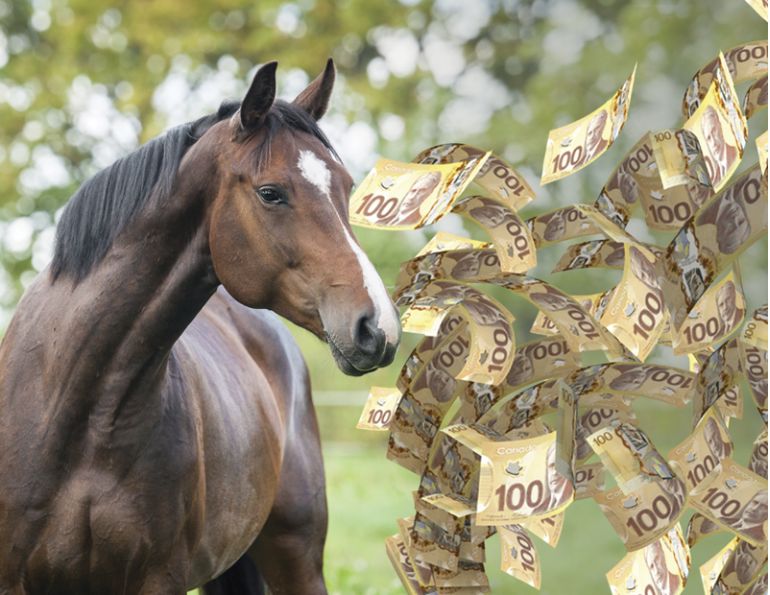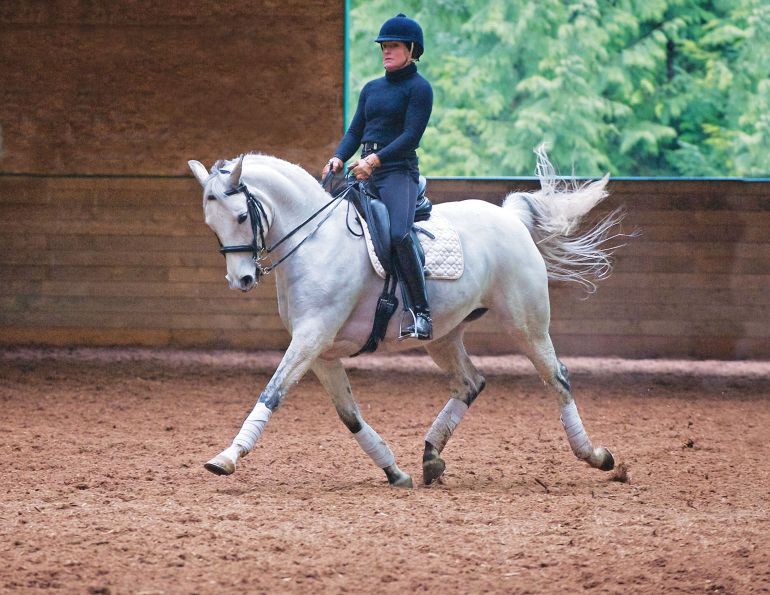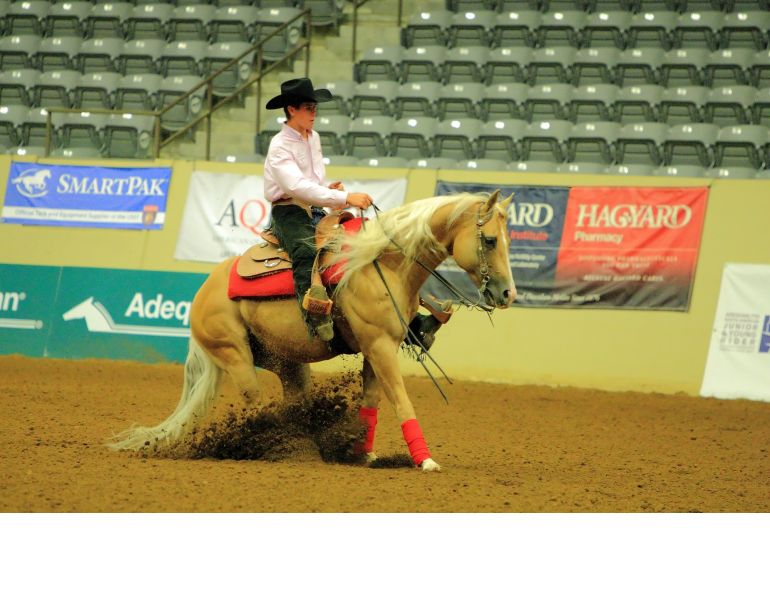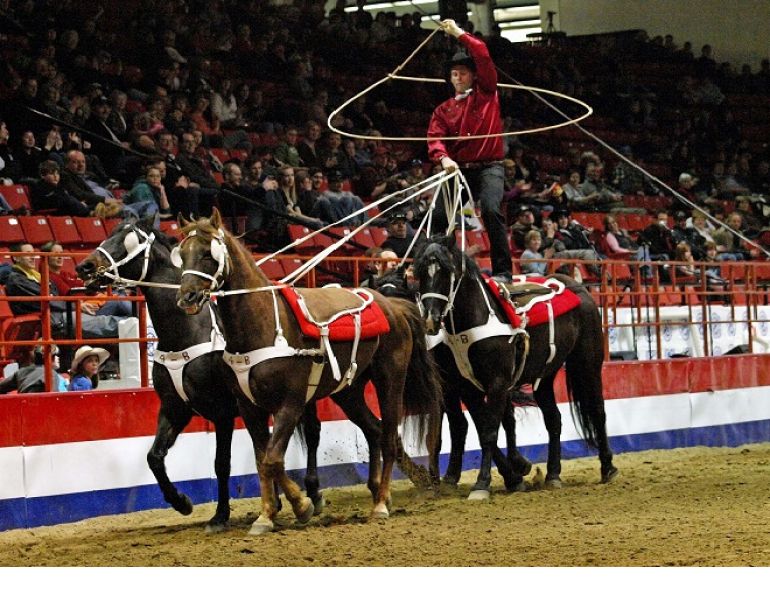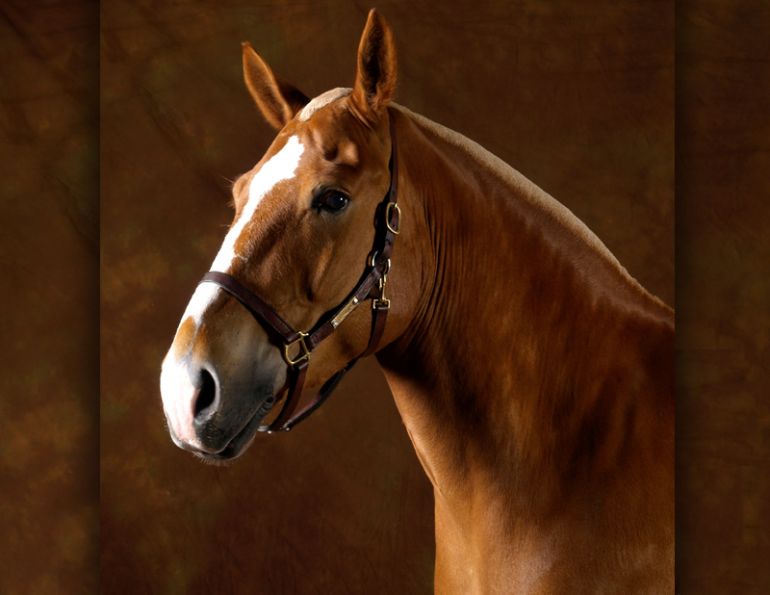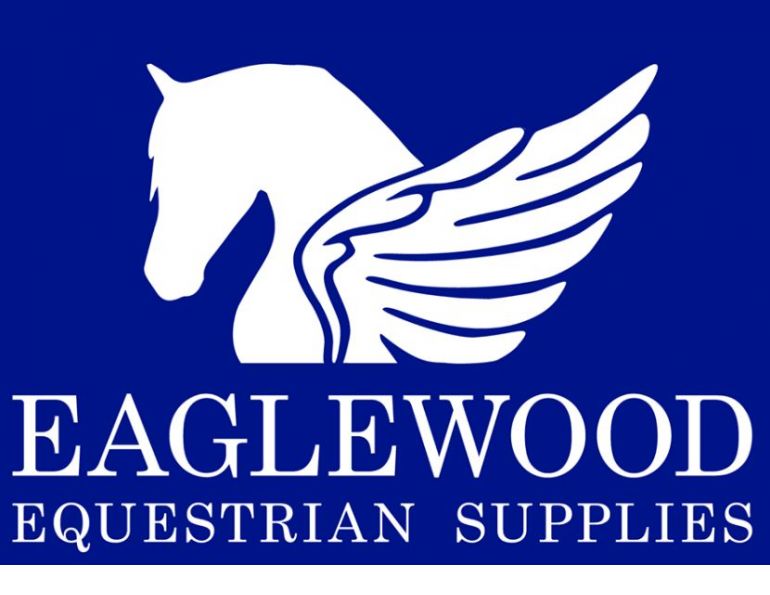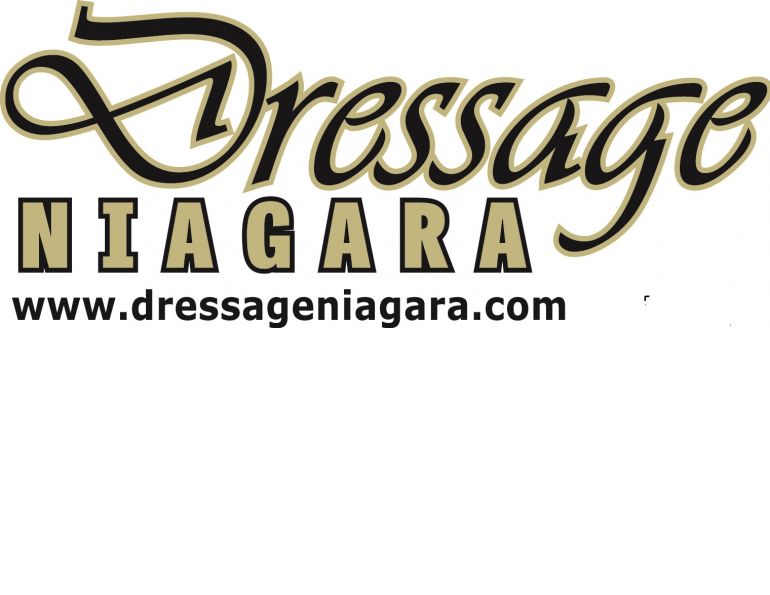The details in this article are relevant to the time it was published, in 2012.
Interviewed by Melanie Huggett
It’s a rare person in the Canadian equine community who hasn’t heard of Bill Collins. An exceptional horseman, Collins has done more for the horse industry in Canada than perhaps any other individual. Not only has Collins been a great competitor, winning multiple events in roping, cutting, and other disciplines, he has been a judge, a teacher, a leader, and a visionary.
Born on March 25, 1924 in Big Valley, Alberta, Collins was raised on his family’s ranch, where he learned to handle horses and cattle at a very young age. He also advanced through grade school quickly. “She (the teacher) put me in grade two and three in the same year, and then the next year she put me in four and five in the same year,” said Collins. But Collins preferred ranch work to studies. In high school, “I said to my dad, there’s no point in me going through all these studies and working when you need me here at home. I would like to be home. So we made an arrangement, and I finished my grade eleven, and that’s as far as I went. From then on I was home and I was ranching and that’s where we carried on with our livelihood.”
Collins’s first horse was a black Percheron-Thoroughbred colt bought for him by his father at a sale for five dollars. “He was kind of my first horse that I really worked on at home,” said Collins, who started the big colt at two years old.
A trip to the Calgary Stampede with Phil Biscoff, a cattle and horse buyer from High River, Alberta, would start the young Collins on his path to greatness. “This mentor of mine asked my dad if he and his wife could take me to the Calgary Stampede,” said Collins. “I’d never been there before. So we went down there and sat in the grandstands. I thought it was huge in those days.”
While at the Stampede that year, Collins watched the roping competitions. “I’d been roping calves and working on the ranch at home, and wanted to better myself,” said Collins. “Pretty quick I’m watching this guy and watching that guy and what they’re doing. The next year I came back and that was the first year that I roped calves at the Calgary Stampede.”
Collins went on to win Canadian Calf Roping Champion in 1951, 1952, 1956, and 1957, as well as Reserve Champion in 1954, 1958, and 1959. In 1954, he was the Canadian Wild Cow Milking Champion. Collins also participated in chuckwagon racing as an outrider for Orville Strandquist and Ron Glass, riding his Percheron-Thoroughbred. He got started in chuckwagon racing as a matter of helping people out.
Related: Remarkable Horses in Canada: Coconut Roll
Helping people out was how Collins was introduced to cutting, the sport that would have the most impact on his career. “In 1955 we had a cutting horse demonstration in Le Santo, Alberta, and a good old friend was organizing it and asked if I would help hold the cattle for him,” said Collins. “That’s kind of how it got started.”
Shortly after, Collins was asked to buy and show a cutting horse for Leo Lemieux in order to market his company, Gateway Building Supplies. “One thing led to another, and all of a sudden I’m riding this cutting horse, and I’m roping calves as well,” said Collins.
Collins began to travel to roping and cutting competitions. Warming up his roping horse on a track one morning at a Nevada rodeo, Collins met the man who would teach him the finer points of cutting. “It was all cutting horses (on the track) with me and I’m riding my rope horse, and all of a sudden here’s a guy who’s really trotting on the track — just flat out — riding a brown mare,” said Collins. “It was Don Dodge on Poco Lena.”
Collins asked Dodge for some help with his cutting horse and Dodge agreed. “I followed him home, and for ten days before the Cow Palace started their show, he helped me with this old horse, and he was working horses too, and from that we became very good friends,” said Collins. “Consequently over the years Don was the one I always contacted and communicated with, and he was a great man. He would watch a horse work and tell you the problems. He’d just help me get to the bottom of things right quick.”
Collins became a great teacher and mentor himself. Shortly after agreeing to cut for Leo Lemieux, the two men joined up with Cliff Ross, Chairman of the Rodeo Committee at the time, to create Leecoll Stables in Edmonton, Alberta. The men signed a ten year lease with an option of five more years at a farm on the edge of the North Saskatchewan River (the farm has since become the Whitemud Equine Learning Centre). Leecoll Stables offered lessons in both English and Western disciplines, and soon grew to care for 75 horses.
Related: The Bishop Family Business: 100 Years of Wild West Shows
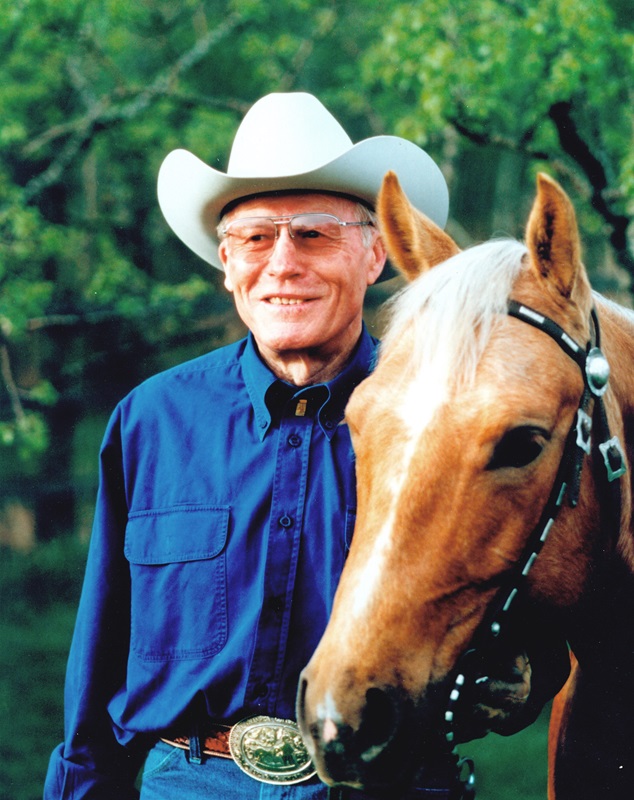
Photo: Courtesy of the NCHA
Teaching at Leecoll Stables introduced Collins to yet another discipline, and this time it wasn’t Western. “It wasn’t long before these kids (in lessons) were starting to jump over four foot and five foot fences, and so I hired somebody more advanced to teach them, and that didn’t work out too well,” said Collins. “Then a boy came over from Ireland who was supposed to be first rate… and that didn’t work out. Consequently I decided… I better get into it and help these kids out.” Pretty soon Collins was jumping four and five foot fences, and even winning competitions such as the Safeway Jumpers Sweepstakes following a jump-off over five and a half foot fences.
Collins has not only taught hundreds of young Edmonton equestrians, but also an English Prince.
In 1962, C.N. “Chunky” Woodward, owner of the Douglas Lake Ranch in the British Columbia interior, invited Collins to demonstrate cutting to Prince Phillip, who stayed at the ranch at the end of his Commonwealth tour. Collins hauled two horses from Edmonton, over the newly built Rogers Pass in the Rocky Mountains, to Douglas Lake. “I discussed with Prince Phillip how we taught these horses, and he just sat there glued right to every word that I said,” said Collins. Collins soon invited the Prince to try cutting for himself, on a mare named Bonita Tivio. The enthralled Prince turned out to be a natural. “I’d schooled and worked with a lot of people who couldn’t hear me because they had such nerves,” recalled Collins. “He understood the things I told him ahead of time and he got along miraculously well.”
After a few short days, the Prince was adamant that cutting must be introduced to England. “Two weeks after he was home we got a letter at our headquarters in Edmonton asking about complete detailed information on the cutting horse,” said Bill. “So we got the CBC… to come down and do a film at Leecoll Stables. We performed like we had a little show and had it judged. Then we edited the film afterwards to about a half hour and we sent that to England. That got transposed across the British Isles to all the major horse shows and very quickly we had word back that we were being accepted to come and show the cutting horses in England.”
But in the 1960s, it wasn’t as easy for equines to go traveling to Europe. After much fundraising and work, sponsors were secured, and in April, 1964, six cutting horses and a filly bought as a gift for Prince Phillip were loaded onto a train headed for Montreal, where a plane would fly them to England. “We ended up being there for three months with those cutting horses,” said Collins. “We showed those horses in England to over a million people. Every place we went, they were just swarming around us, wanting to know how it was done and so on.”
Related: From Small Town to Big Time: Reiner Lisa Coulter
Upon his return to Canada, Collins put aside tie-down roping to focus on cutting, teaching, and judging.
In 1972, Collins was given Peponita, a black stallion by Peppy San (owned by Chunky Woodward) and out of Bonita Tivio, to train and show. Together they won the Canadian Cutting Horse Association (CCHA) Four-year-old Futurity, the CCHA Open and Novice Horse Championships, and many more competitions. In total, Collins and Peponita won 12 open cutting championships. Collins called the stallion one of his two favourite horses of his career. The second is Freddy B Clymer, a son of King P-234.
In 1973, Collins helped bring cutting to the Calgary Stampede, where it all began. Since then, cutting has become a fixture at the annual rodeo. In 1976, he helped promote the first Canadian Supreme, then called the Alberta Stakes and Futurity Association, which took space at Spruce Meadows in Calgary, Alberta.
Collins has also led prominent industry associations and judged worldwide. In the 1960s he became the director of Equine Canada (then the Canadian Equestrian Federation) and developed its judging and instruction programs, and from 1979 to 1981 Collins was the President of the CCHA. From the 1970s to the 1990s, Collins judged for the CCHA, National Cutting Horse Association (NCHA), and American Quarter Horse Association (AQHA) in competitions throughout North America as well as in Australia, Germany, Switzerland, and England.
In 1984, Collins received the first of many awards to come when he was presented with the Alberta Achievement Award. In 1987 he was inducted into the CCHA Hall of Fame, followed by inductions into the Canadian Rodeo Hall of Fame in 1994, the NCHA Hall of Fame in 1995, and the AQHA Hall of Fame in 2007. In 1996, Collins was given the Order of Canada for his major role in the preservation of Canada’s ranching history and traditions. In 2000, he was given the inaugural Alberta Horse Industry Distinguished Service Award “in recognition of the magnitude and magnificence of his contributions to the equine industry in Alberta.”
Even at the age of 86, Collins continues to contribute to the horse industry. He still sits on the CCHA’s Board of Governors, and at the 2009 Horse Breeders and Owners Conference in Red Deer, Alberta, Collins spoke out about starting horses too young, condemning the three-year-old futurities. “There’s the odd horse that can take it. The very odd one. Just like little kids going to school — they’re sharp and they really advance. But the (majority of) them can’t do it. So that’s why I said that I would change it from a three-year-old futurity in this country back to a four-year-old (futurity),” said Collins. “This three-year-old (futurity) has ruined more good horses, makings of good horses, than we’ve got in this country, and we’re raising a bunch of good ones now.” Collins stated many times how important it was to give young horses time to mature and understand what they are being asked to do.
Collins also spoke out about the overbending of cutting horses. “There’s something that really bothers me now, folks: a lot of the younger generation that have come along start making horses bend and flex, bend and flex, and all the horse can see is right down here,” Collins said, pointing at his feet, “and if you try to ride one of those after they’ve gone a couple years like that, they will never make it. I won’t say ‘never make it,’ but rarely will they make it to be successful as far as working cows.”
Numerous awards, multiple championships, judge’s credits, presidencies, and a passion for teaching and horses are just a few of the plethora of reasons why Bill Collins is a truly legendary horseman. There are few who have done so much for horses, the horse industry, and its equestrians.
Related: Cutting: A Sport of Precision and Strategy
Related: Legendary Jockey Ron Turcotte
Main photo: Photo courtesy of the NCHA - Bill Collins is one of Canada’s legendary horsemen.
The details in this article are relevant to the time it was published, in 2012.



